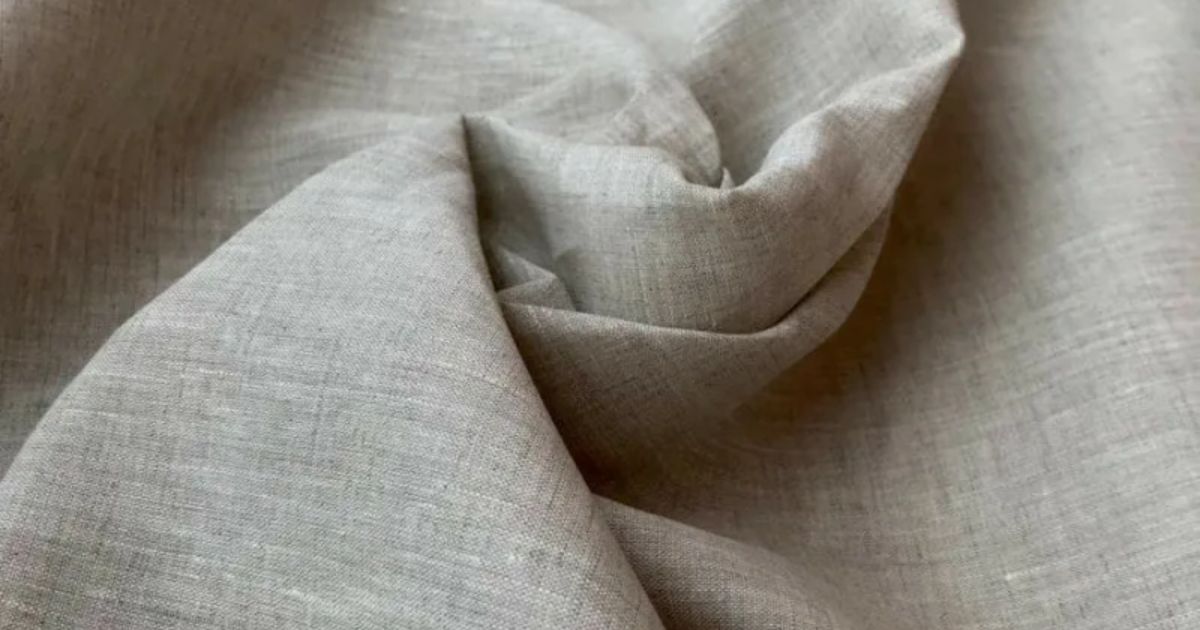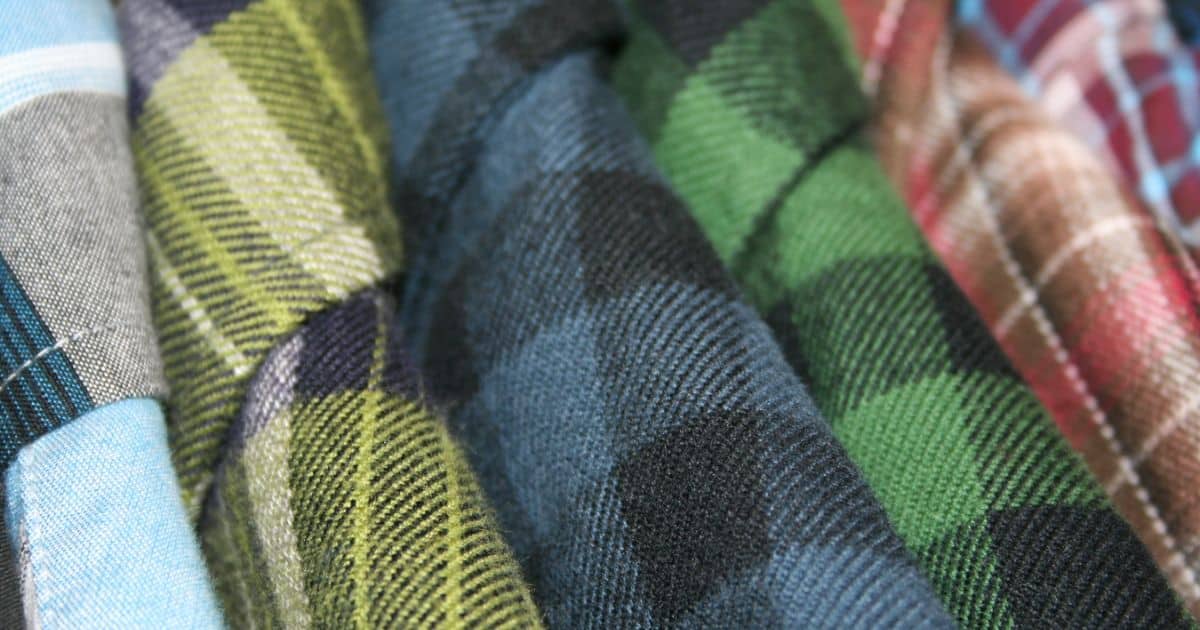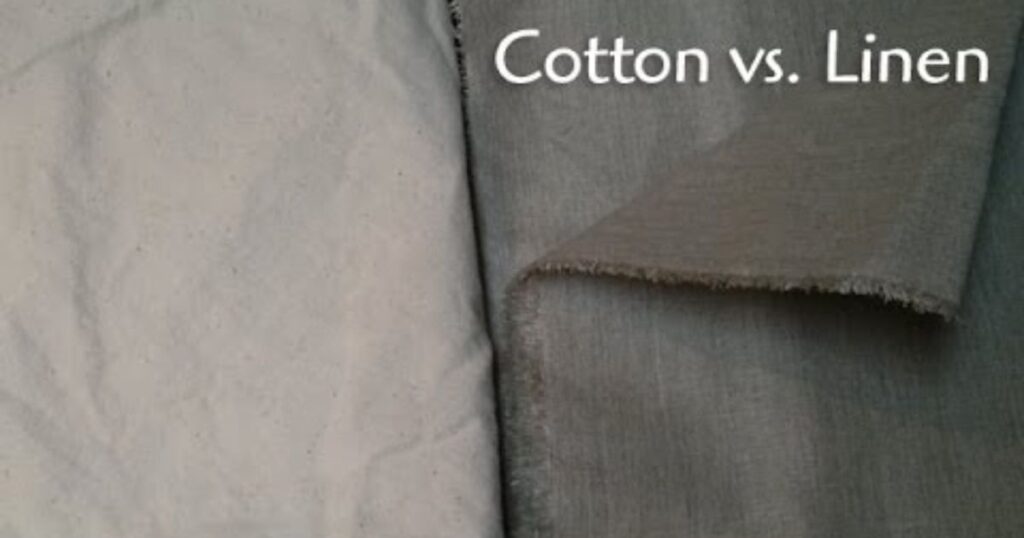In the realm of fabrics, linen and cotton stand as two prominent contenders. While both materials bear similarities, they diverge in significant ways that warrant exploration. Delving into their natural origins, fiber composition, texture, breathability, durability, care, and versatility enables us to discern the unique characteristics of these fabrics. By understanding these differences, we can make informed choices in selecting the most suitable fabric for our needs, fostering a sense of belonging within the fabric-loving community.
Key Takeaways
- Linen and cotton are natural fibers derived from plants, with linen coming from the flax plant and cotton from the cotton plant.
- Linen is made up of long, strong fibers from the flax plant, while cotton consists of shorter, softer fibers from the cotton plant.
- Linen has a crisp and cool texture, with a slightly rougher feel compared to the softer and smoother feel of cotton.
- Linen is known for its strength and durability, making it highly resistant to wear and tear, while cotton is less durable but can still maintain its integrity with proper care.
Natural Origins

Linen and cotton are both natural fibers derived from plants. Linen comes from the flax plant, while cotton is derived from the cotton plant. Flax fibers are obtained from the stem of the plant, whereas cotton fibers are obtained from the seed pods. Both fibers have been used for centuries due to their durability and breathability. Linen is known for its strength and ability to absorb moisture, while cotton is prized for its softness and comfort.
Fiber Composition
When comparing linen and cotton, it is important to consider their fiber compositions. Linen is derived from the flax plant and is made up of long, strong fibers that contribute to its durability and smooth texture. Cotton, on the other hand, comes from the cotton plant and consists of shorter, softer fibers that lend it a soft and breathable quality. Understanding the fiber composition of linen and cotton is crucial in determining the characteristics and performance of these fabrics.
Linen Vs Cotton: Composition
One key difference between linen and cotton lies in their fiber composition. Linen is derived from the flax plant, and its fibers are made up of cellulose. Cotton, on the other hand, comes from the cotton plant, and its fibers are also composed of cellulose.
However, the fibers of linen are longer and stronger than those of cotton. This difference in fiber composition contributes to the distinct characteristics and properties of linen and cotton textiles. In the next section, we will delve deeper into the specific fiber differences between linen and cotton.
Fiber Differences: Linen/Cotton
The fiber composition of linen and cotton distinguishes the two textiles from each other, with linen being derived from the flax plant and cotton originating from the cotton plant. Linen is made from the cellulose fibers found in the stem of the flax plant, making it a natural fiber.
Cotton, on the other hand, is composed of the seed hairs of the cotton plant, known as cotton bolls. This fundamental difference in fiber composition affects the characteristics and properties of the fabrics.
Texture and Feel
Linen and cotton have distinct textures and feels that can be differentiated by their unique characteristics. Linen, known for its crisp and cool texture, has a slightly rougher feel compared to cotton. Cotton, on the other hand, is softer and smoother to the touch.
These differences in texture and feel contribute to the overall comfort and sensory experience of wearing garments made from linen or cotton. Moving on, let’s explore their breathability and moisture absorption properties.
Breathability and Moisture Absorption
Linen and cotton differ in their breathability and ability to absorb moisture. Linen, being a natural fiber, has excellent breathability, allowing air to flow through its fibers and keeping the body cool and comfortable. It also has high moisture absorption properties, wicking away sweat from the body. Cotton, on the other hand, is also breathable but not as much as linen. It has moderate moisture absorption capabilities, making it suitable for everyday wear.
| Linen | Cotton | |
|---|---|---|
| Breathability | High | Moderate |
| Moisture Absorption | High | Moderate |
Durability and Longevity

When it comes to finding storage solutions for linens without a linen closet, the durability and longevity of the fabrics themselves can play a crucial role. When comparing the keyword “linens without a linen closet,” the fiber structures of linen and cotton should be taken into account.
While linen fibers are known for their strength and resiliency, making linen fabric highly resistant to wear and tear, cotton fibers are known to be softer and less durable in comparison to linen fibers.
Despite this, cotton fabrics can still maintain their integrity with proper care and maintenance. Speaking of which, let’s now delve into the topic of care and maintenance for both linen and cotton.
Care and Maintenance
To properly care for and maintain both linen and cotton fabrics, it is essential to follow specific guidelines and techniques. Linen should be washed in cool or lukewarm water using a gentle cycle, and air drying is recommended to prevent shrinkage.
Cotton can be machine washed in warm water and tumble dried on a low heat setting. Both fabrics should be ironed on low heat while slightly damp. Understanding these care instructions will ensure the longevity and quality of linen and cotton garments. Moving on to the next section, let’s explore the versatility and usage of these fabrics.
Versatility and Usage
When it comes to versatility and usage, both linen and cotton have their own strengths. Linen is known for its exceptional breathability and comfort, making it a popular choice for warm weather garments and bedding. On the other hand, cotton is highly durable and easy to maintain, making it suitable for a wide range of applications including clothing, home textiles, and industrial products.
Understanding the specific characteristics of linen and cotton can help individuals make informed choices based on their specific needs and preferences.
Breathability and Comfort
The breathability and comfort of linen and cotton make them versatile and suitable for various uses. The following features highlight their benefits:
- Linen’s natural fibers allow air to circulate, keeping the body cool and comfortable.
- Cotton’s softness and moisture-wicking properties make it ideal for everyday wear.
- Both fabrics are hypoallergenic, making them suitable for sensitive skin.
- Linen’s ability to absorb moisture quickly makes it perfect for hot and humid climates.
- Cotton’s durability and breathability make it a popular choice for bedding and towels.
When considering durability and maintenance, linen and cotton have distinct characteristics.
Durability and Maintenance

With their distinct characteristics, linen and cotton offer durability and low maintenance, making them versatile and suitable for a variety of uses. Linen is known for its strength and resistance to wear, while cotton is praised for its ability to withstand frequent washing without losing its shape or color.
Both fabrics require simple care, such as regular washing and ironing, to maintain their quality and longevity. This durability and ease of maintenance make linen and cotton popular choices for clothing, home textiles, and other applications.
Frequently Asked Questions
Can Linen and Cotton Be Blended Together to Create a Fabric?
Yes, linen and cotton can be blended together to create a fabric. This blend combines the desirable qualities of both fibers – linen’s strength and breathability with cotton’s softness and versatility. The resulting fabric offers a balance of comfort and durability.
Is Linen or Cotton Better for People With Sensitive Skin?
For people with sensitive skin, it is generally recommended to choose linen over cotton. Linen is hypoallergenic, breathable, and has natural antibacterial properties, making it more suitable for those prone to allergies or skin irritations.
Which Fabric Is More Resistant to Wrinkles, Linen or Cotton?
Linen and cotton are both popular fabrics, but when it comes to wrinkle resistance, linen has the advantage. Linen fibers are naturally stiffer, giving the fabric a crisper appearance and reducing the likelihood of wrinkles compared to cotton.
Are Linen and Cotton Fabrics Suitable for All Seasons?
Linen and cotton fabrics are both versatile options suitable for all seasons. Linen offers a cool and breathable feel, making it ideal for summer, while cotton provides a comfortable and insulating effect, making it suitable for year-round wear.
Can Linen and Cotton Fabrics Shrink After Washing?
Linen and cotton fabrics can shrink after washing due to their natural fiber properties. Linen has a tendency to shrink more than cotton because it has longer fibers that can contract. Proper care and following the care instructions can minimize shrinkage.
Conclusion
In conclusion, linen and cotton are both natural fibers with distinct qualities. Linen is derived from the flax plant, while cotton comes from the cotton plant. They differ in fiber composition, texture, breathability, and durability. Linen is known for its breathability and moisture absorption, making it ideal for warm weather. Cotton, on the other hand, is soft and versatile, suitable for a wide range of uses. Both fabrics require proper care and maintenance for longevity.







